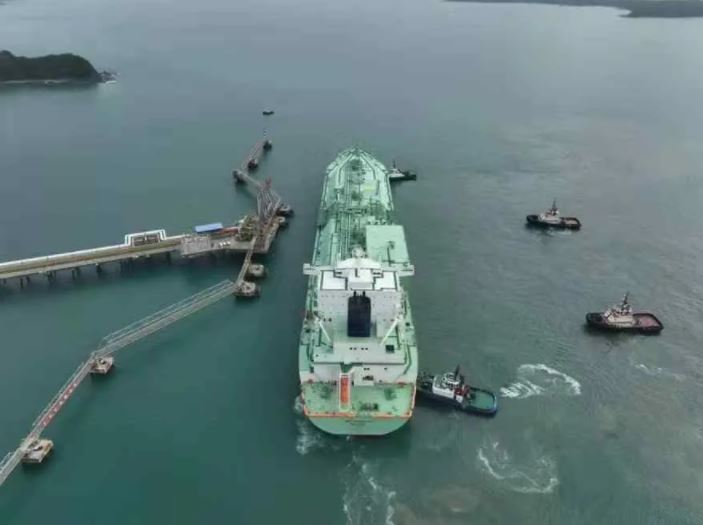China’s energy giant CNOOC said it would supply the first carbon-neutral LNG cargo to Hong Kong via the Guangdong Dapeng LNG import terminal in Shenzhen.
CNOOC said in a statement on Monday it had received a 65,000 mt carbon-neutral LNG cargo from Oman at the GDLNG facility where it has a stake.
The 2020-built, 173,400-cbm BW Magnolia, owned by BW LNG and chartered by BP, delivered the cargo.
Following regasification at the LNG import terminal, the regasified LNG would go to Hong Kong via a pipeline, CNOOC said.
Also, the state-owned firm said it has offset all emissions associated with the LNG cargo, from wellhead to discharge terminal, through carbon credits.
According to CNOOC, some of these credits originated from the forestry carbon sink project in Jiangxi, China, and the rest from other global carbon credit providers.
Slashing emissions
CNNOC said the carbon-neutral LNG would help Hong Kong slash its emissions from the power generation sector which accounts for almost 70 percent of all of its emissions.
The city and special administrative region of China aims to replace about half of its power generation fuel with natural gas.
In that regard, Hong Kong should next year also launch its first LNG import project, which includes the world’s largest FSRU owned by Japan’s MOL.
Dutch Vopak recently signed a deal with MOL to buy a 49.99 percent stake in the 263,000-cbm MOL FSRU Challenger. Besides this, the partners will change the unit’s name to Bauhinia Spirit.
This new joint venture between MOL and Vopak in Hong Kong will own the FSRU and have a long-term contract with Hong Kong LNG Terminal.
The latter is the developer of Hong Kong’s first FSRU-based LNG import terminal formed by HK Electric but also Castle Peak Power (Capco).
Regasified LNG coming from the FSRU will supply two power plants via subsea pipelines.

